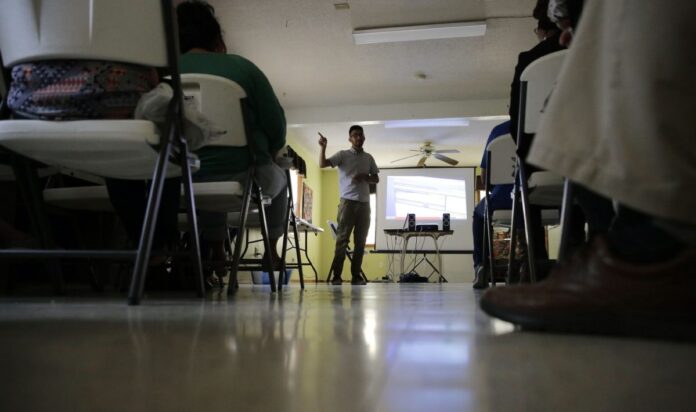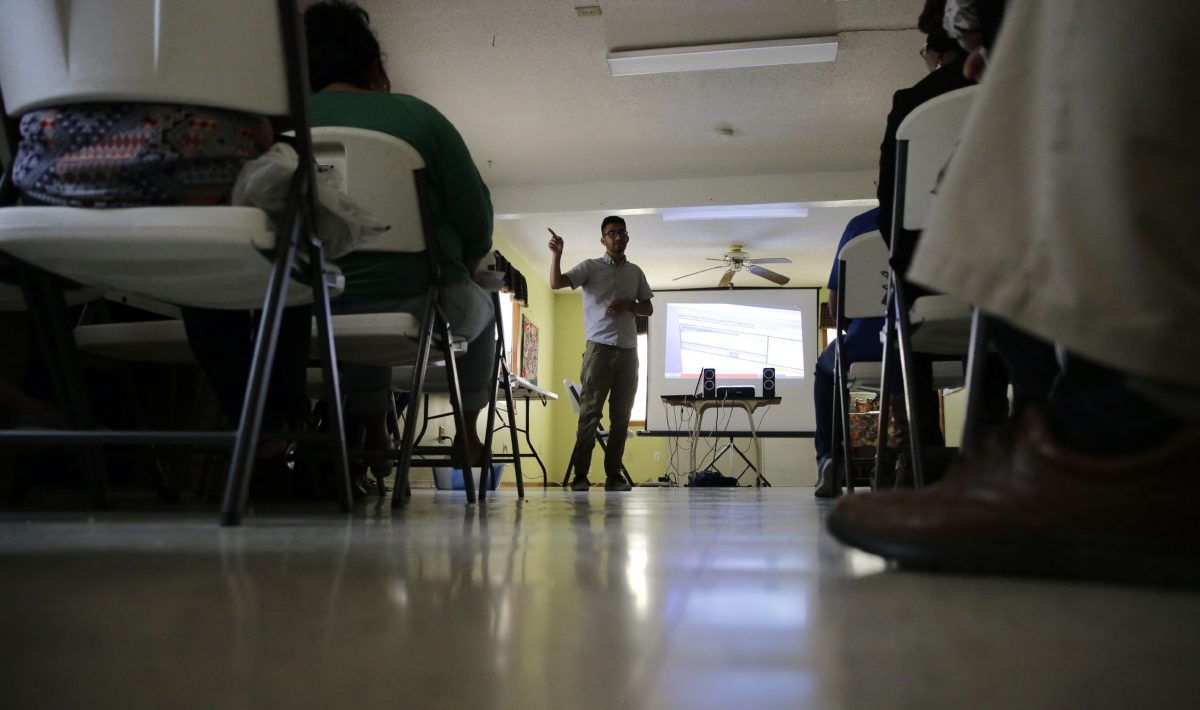
BY JOSUÉ RAMIREZ
Hidalgo County residents have made many strides in demanding advances in important public services such as lighting and adequate drainage. Over the years public officials have heeded advocates’ calls for basic services and taken some action.
But there’s more to do.
Last week, we, along with our partners at LUPE and ARISE held a plática (town hall meeting) where we presented an analysis of neighborhood inequality in Hidalgo County in response to the county’s federally-mandated assessment of fair housing. Texas Low Income Housing Information Service’s analysis revealed a system of residential segregation in which families and individuals who live in colonias and similarly impoverished neighborhoods within city limits face greater barriers to opportunity than those who live in low-poverty urban neighborhoods.
The plática served as a forum for community members to talk to public officials about what this analysis means on the ground every day. They discussed their experiences with flooding because of poor drainage, darkness due to inadequate lighting, and foul-smelling air because of open sewage systems.
At the plática, community members heard about the long history of discrimination and segregation, as well as the civic engagement and activism that aimed to improve life in the Rio Grande Valley. And while life improved for many Mexican-Americans in Hidalgo County, poor housing standards and patterns of segregation have persisted in some areas.
Some of the local elected officials we were addressing are themselves just a generation or two removed from the poor neighborhood conditions and discriminatory policies they were being presented. To add to that complexity, the Valley has long been one of the poorest regions in the country and it is clear that not enough federal and state resources are trickling in to put a street light on every corner or re-engineer every drainage system. While residents feel that they are stuck with these problems, public agencies may also feel helpless in solving generations of poor policy decisions. This doesn’t mean that unequal living conditions should be the status quo.
Community advocates have engaged commissioners and other decision makers to help them take the first step: Hearing community concerns. The next is seeing their role in mitigating some of these problems. No one office or agency in the Rio Grande Valley can fix decades of segregation and discriminatory policies. But, this assessment mandated by the Department of Housing and Urban Development is a chance for public housing agencies and local government to send a clear message to the federal government that this region is in need of attention and investment. The assessment can also propose solutions for neighborhood inequality, such as building more affordable housing units in areas of high opportunity. It is also an opportunity to shine a light on the conditions that the state of Texas has turned its back on. This past legislative session, Texas lawmakers cut funding to colonias that paid for improvements in drainage and water.
The plática affirmed the message that fair housing does not simply mean a single family’s experience with discrimination. It is greater than that. Fair housing is about the conditions of the whole community and guaranteeing all people have equal access to good schools and jobs, clean neighborhoods with fresh air free from environmental toxins. Under the law, public agencies should monitor these conditions and are obligated to work toward affirmatively furthering fair housing.
Together cities and counties also must take responsibility for providing a cohesive voice for the region alongside residents — as well as responding to local constituents’ requests that they have a meaningful voice in decisions that involve their community. This generation of advocates and community members wants to see change and be a part of the solution. We hope that city and county officials will join them.





